Japan export rose 20.0% yoy to JPY 8838B in November, a record high, led by cars autos and mining machinery shipment to the US. Imports rose 30.3% yoy to JPY 10865B, also a record high, as led by imports of crude oil, coal and LNG.
Trade deficit came in at JPY -2.03T. That the 16th straight month of trade deficit, and the fourth month in a row at the JPY 2T level.
In seasonally adjusted term, exports dropped -1.4% mom to JPY 8787B. Imports dropped -5.3%mom to JPY 10520B. Trade deficit narrowed to JPY -1.73T, versus expectation of JPY -1.24T.




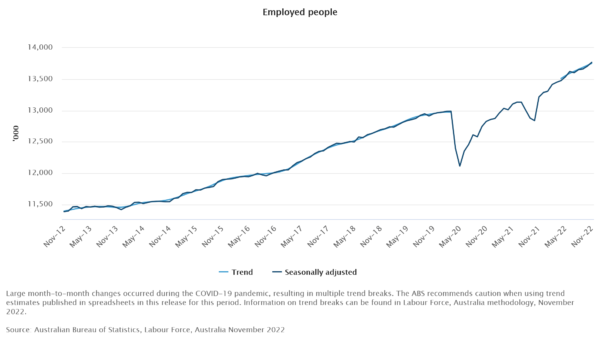


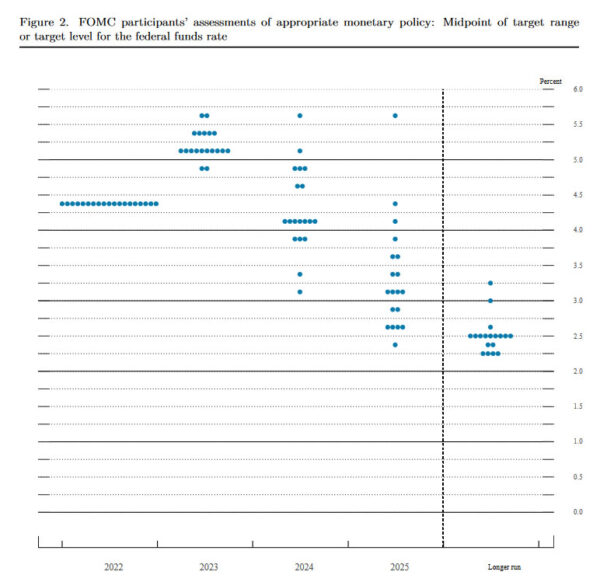
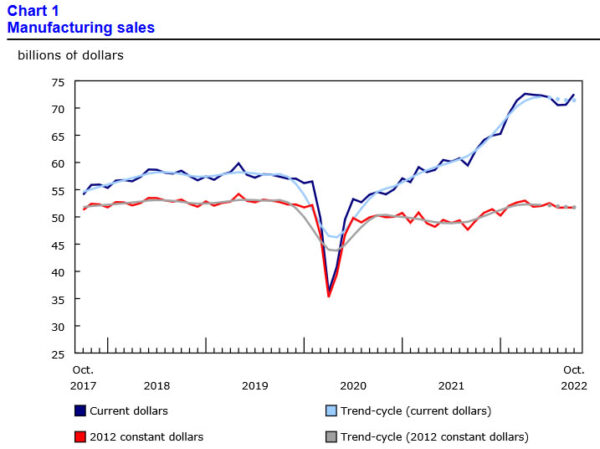
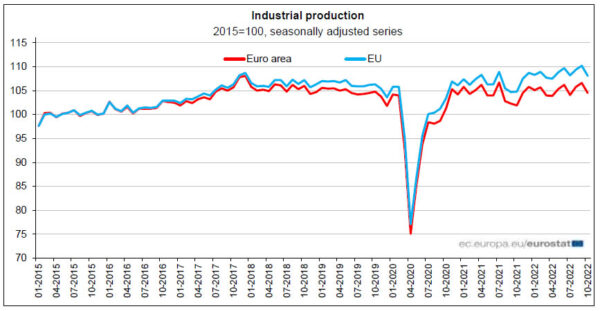
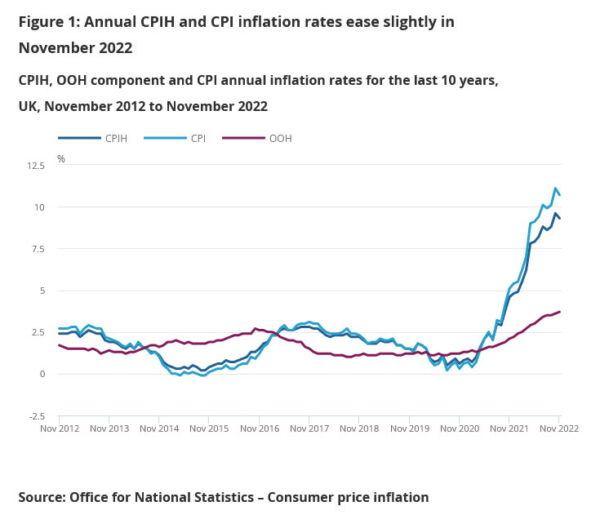
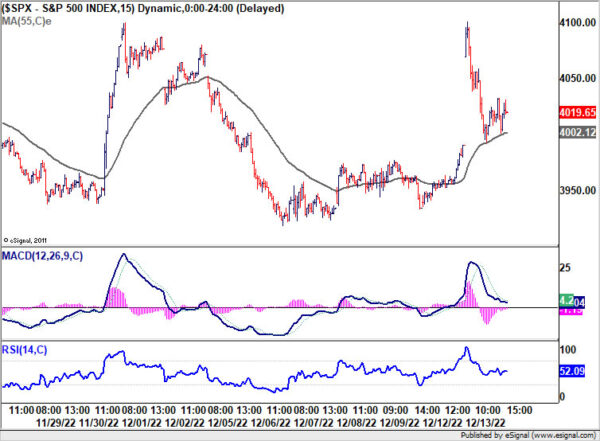
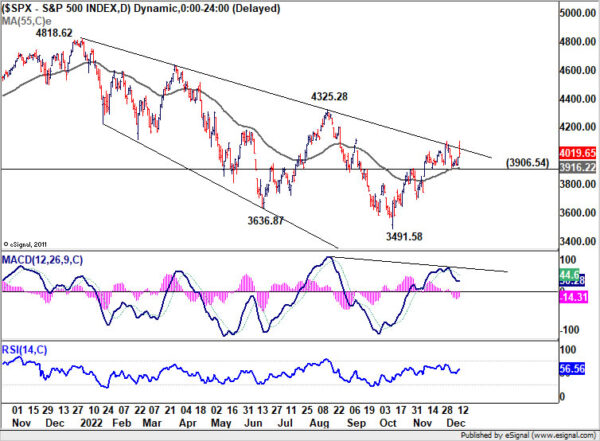
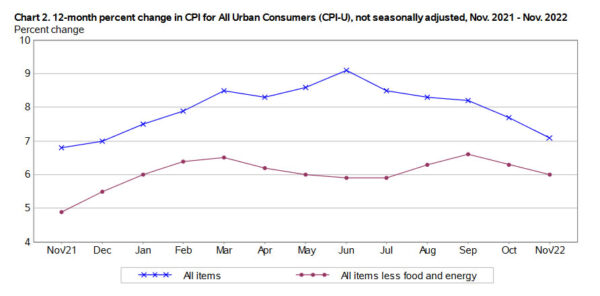
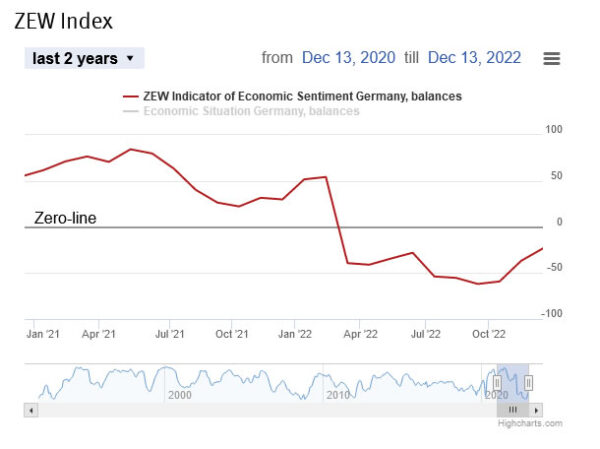
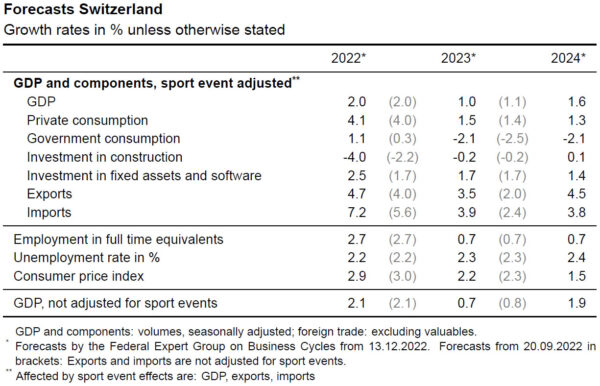
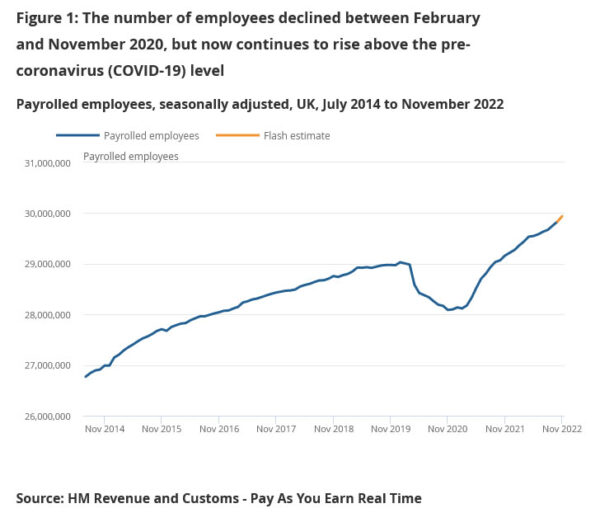
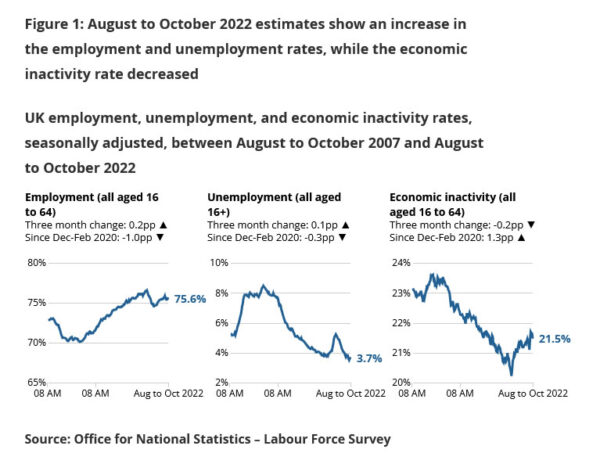
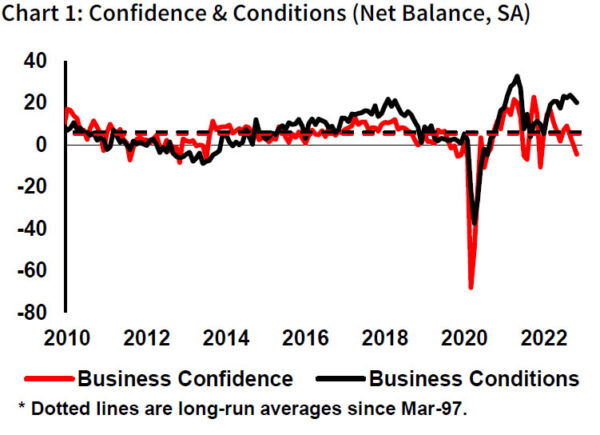
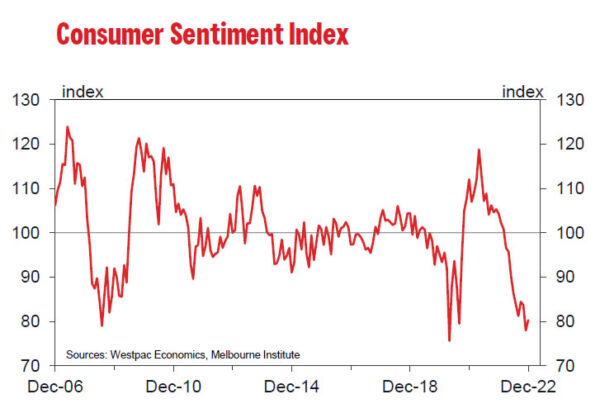
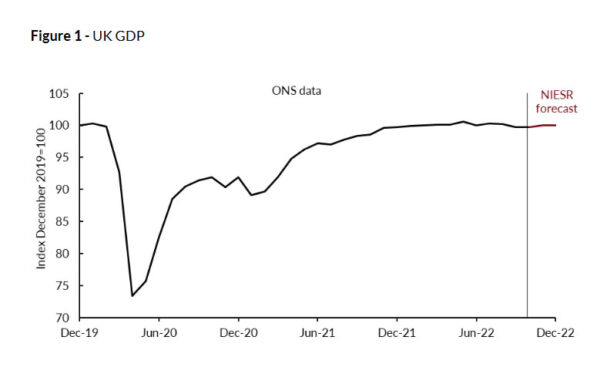

China retail sales down -5.9% yoy in Nov, industrial production up 2.2% yoy
China retail sales contracted -5.9% yoy in November, much worse than expectation of -3.9% mom. Industrial production grew 2.2% yoy, below expectation of 3.4% yoy. Fixed asset investment rose 5.3% ytd yoy, below expectation of 5.6%.
“The consumption market was under pressure in November due to the impact of Covid and other factors, and the decline in market sales widened,” said NBS statistician Fu Jiaqi.
“However, online consumption grew faster, retail sales of basic living goods increased relatively well, some upgraded consumption was higher than overall, and retail businesses such as supermarkets and convenience shops increased steadily.”